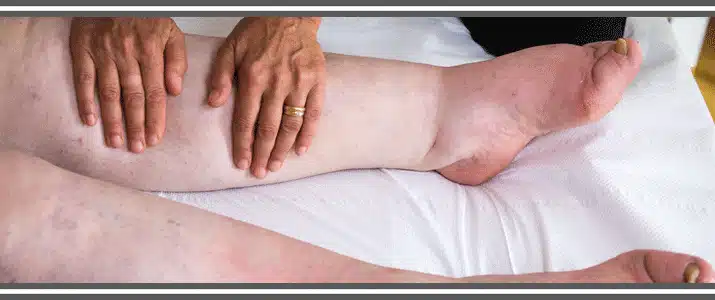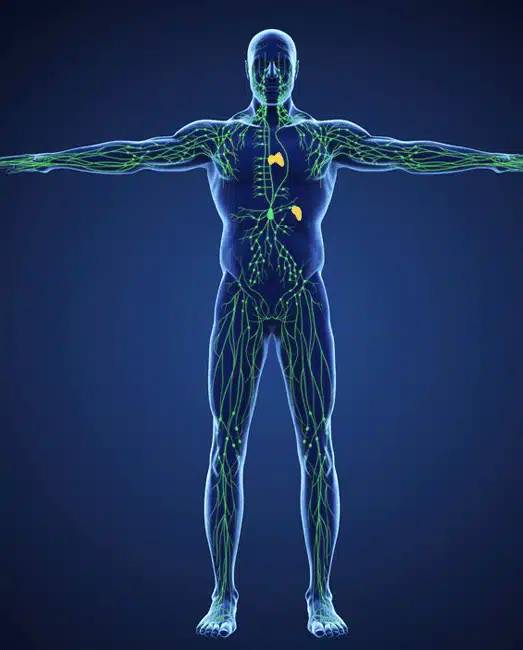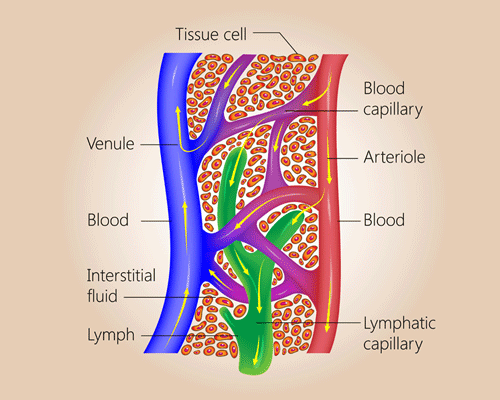
What is Lymphedema?

An estimated 5 to 10 million Americans suffer from chronic swelling caused by lymphedema.
The lymphatic system is an important part of the cardiovascular system. It consists of lymph vessels and lymph organs that protect the body against harmful bacteria and transport fluid from the body tissues back to the cardiovascular system.
Lymphedema occurs when your lymph vessels are unable to adequately drain fluid within the body. When the lymphatic system becomes overwhelmed, damaged, or blocked for an extended period of time, lasting swelling (referred to as chronic edema) occurs. Over time, the accumulation of fluid can result in significant changes such as skin thickening and hardening and recurrent skin infections.
Lymphedema can occur on its own, often from birth (primary lymphedema), or it can be caused by another disease or condition (secondary lymphedema). Secondary lymphedema is far more common than primary lymphedema.
What is Phlebolymphedema?:

In chronic venous insufficiency, the disease that causes varicose veins, higher pressures occur in the leg veins. This higher-than-normal pressure leads to fluid and proteins leaking out of the vasculature and into the surrounding tissue. The lymphatics responsible for removing this fluid may be unable to keep up with the extra fluid burden and, when overwhelmed, edema occurs. Obesity is one of the risk factors for both lymphedema and chronic venous insufficiency.
Leg Lymphedema Treatment:
There is currently no cure for lymphedema. If left untreated, lymphedema can worsen, leading to debilitating pain and swelling, progressive hardening of affected tissues (fibrosis), and recurrent infections (cellulitis). With effective treatment, however, patients can manage their symptoms, minimize infections, and improve their health and quality of life.
- With phlebolymphedema, you often need to treat the underlying venous insufficiency
- Manual Lymphatic Drainage (MLD) is a type of massage performed by a lymphedema therapist aimed at increasing the flow of lymph fluid
- Intermittent pneumatic compression pumps are at-home devices that stimulate lymphatic flow and reduce swelling
- Decongestive exercises to help promote lymphatic flow
- Skin and nail hygiene to reduce the risk of infection.
- Compression garments or compression bandaging to help reduce limb volume

